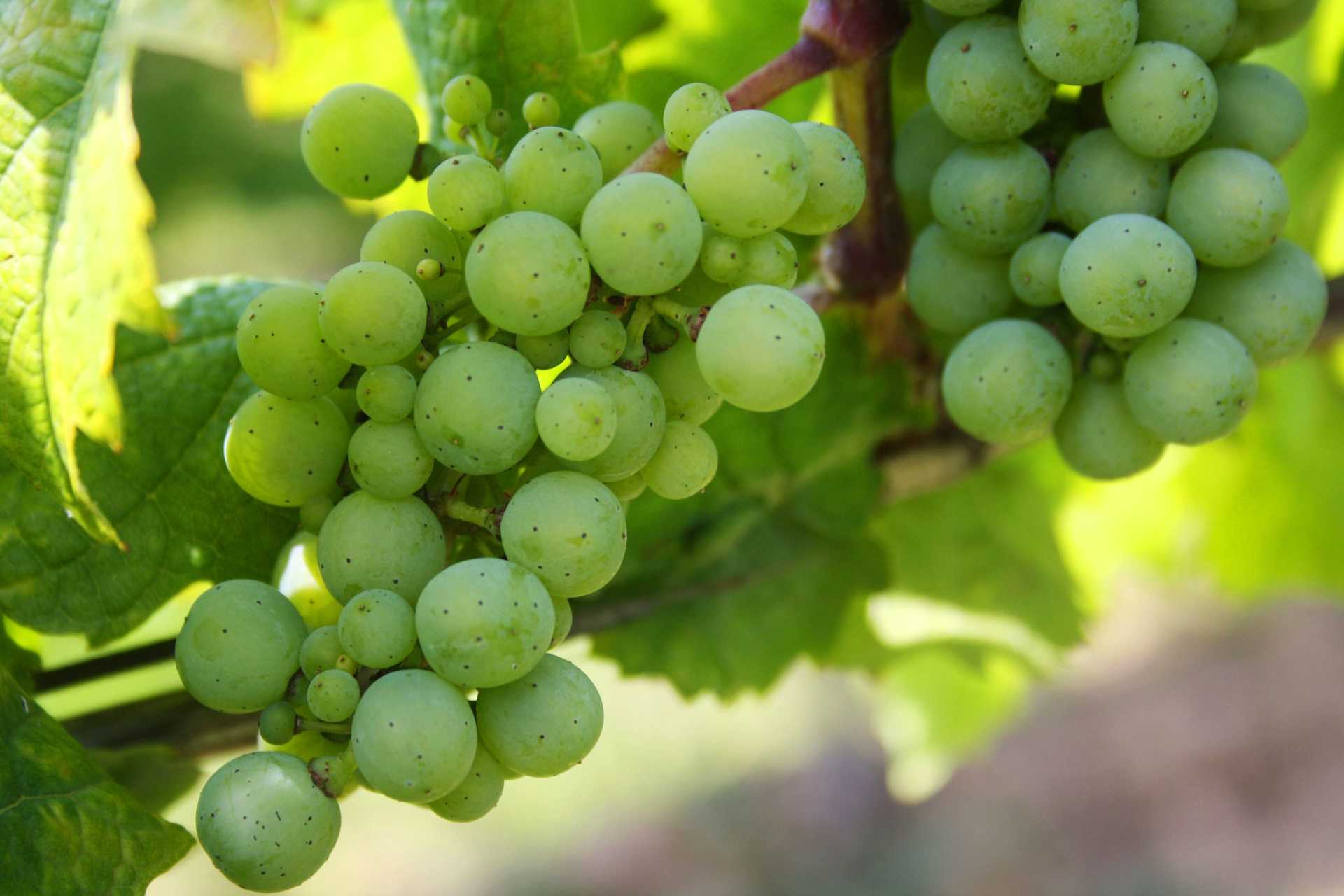Domaine de Piaugier Blanc 2015



Product Details
Your Rating
Somm Note
Winemaker Notes

Sablet was given the classification Cotes du Rhone Villages Sablet in 1974. Sablet rests between the villages of Séguret and Gigondas? and, as its name implies, is built on sandstone.
The Autran Legacy - Jean-Marc Autran, son, grandson, and great-grandson of wine growers, produced his first wine in 1985 in the cellars built by his great-grandfather, Alphonse Vautour, in 1947. Alphonse, who along the slopes of the Briguieres hill had made all his wine in the family's original property called Tenebi, decided to build the present cave on the side of the road leading up to the Ténébi.
Supported by his father, Jean-Marc increased the size of the domaine and developed the sale of bottled wine. Soon the cave was too small, and Jean-Marc decided to enlarge once again in 1995. Along with his wife Sophie, Jean-Marc now cultivates 30 hectares of vines as follows: 3.5 hectares of Gigondas, 12.5 hectares of Sablet, and 14 hectares of Cotes du Rhone.

With hundreds of white grape varieties to choose from, winemakers have the freedom to create a virtually endless assortment of blended white wines. In many European regions, strict laws are in place determining the set of varieties that may be used in white wine blends, but in the New World, experimentation is permitted and encouraged. Blending can be utilized to enhance balance or create complexity, lending different layers of flavors and aromas. For example, a variety that creates a soft and full-bodied white wine blend, like Chardonnay, would do well combined with one that is more fragrant and naturally high in acidity. Sometimes small amounts of a particular variety are added to boost color or aromatics. Blending can take place before or after fermentation, with the latter, more popular option giving more control to the winemaker over the final qualities of the wine.

An appellation full of some of the most delightful and particularly charming reds, Côtes du Rhône Villages includes the best villages of the greater Côtes du Rhône appellation. The possibility for an appellation promotion exists for every named village but each has to achieve and prove superior quality before an upgrade will be granted. The main ones today are Gigondas, Vacqueyras, Beaumes-de-Venise, Vinsobres, Rasteau and Cairanne.
The Gigondas appellation, while sometimes producing wines with a touch of rusticity, can often rival Chateauneuf-du-Pape. Its elevations are higher and soils richer in limestone. Vacqueyras reds are more concentrated than the more general Côtes du Rhône reds and must be at least one half comprised of Grenache by law. Beaumes de Venise also includes some excellent higher elevation spots for making snappy, fruity and spicy reds but historically the appellation’s esteem came from its fragrant, sweet and golden Muscat de Beaumes-de-Venise.